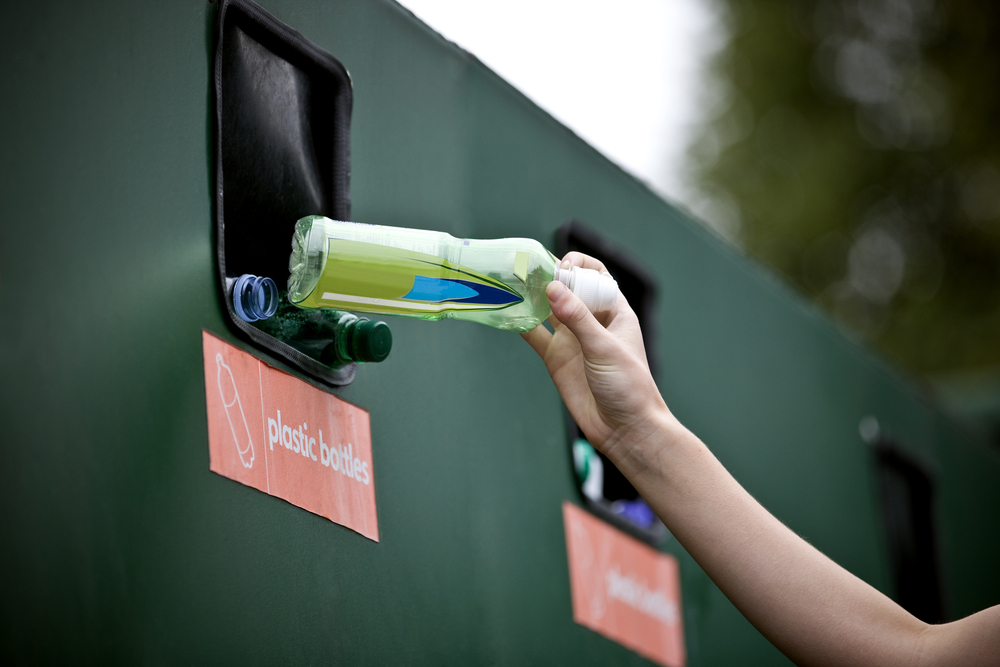How Are You Cutting Down on Plastic Waste?
The United States—and the world—is facing a plastics crisis. Experts predict that if we continue using plastics at the current rate without proper disposal, there could be more plastic than fish in the oceans by 2050.
The problem has only gotten worse after China stopped accepting contaminated recycling last year. The United States used to export about 40 percent of its recycled plastics, paper, and other waste to China, and has since struggled to comply with China’s new measures. Some US recycling centers have scaled backtheir programs, while others have resorted to burning their trash. China’s new policy has had widespread effects, as the rejected trash now floods into Southeast Asian countries such as Malaysia, Thailand, and Vietnam.
States across the US have recently tried to reduce plastic waste by banning or limiting plastic bags and straws, or charging a fee for bags. Supermarket chains such as Trader Joe’s and Kroger have also pledged to cut down on plastic, while some smaller grocery stores have gone entirely zero-waste. And consumers are becoming increasingly conscious of their environmental footprint and choices, as sustainable and “green” products gain greater popularity.

